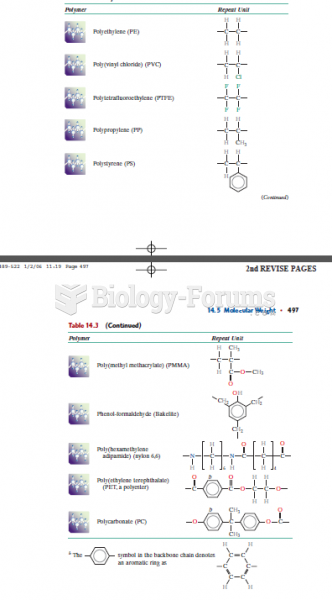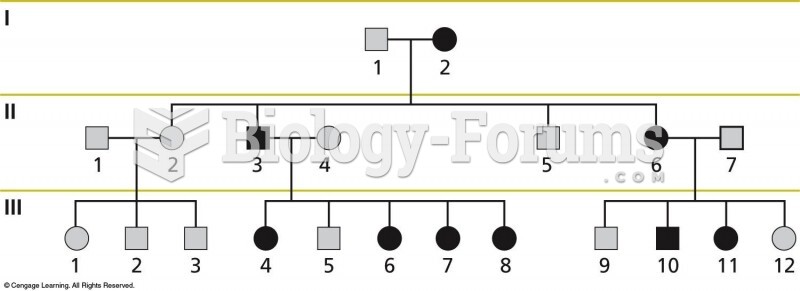Answer to Question 1
a. If a westerner joins the army then defense production rises by 2, food falls by 6, and so the opportunity cost of 1 unit of defense is 3 units of food. If an easterner joins the army then defense production rises by 1, food production falls by 2, and so the opportunity cost of 1 unit of defense is 2 units of food. Therefore easterners have a comparative advantage in defense since they have a lower opportunity cost.
b. If the westerners produce defense then this country would need 60/2 = 30 westerners in defense, leaving 100 30 = 70 westerners and all 100 easterners to produce food. This country would produce (70 x 6) + (100 x 2) = 620 units of food in this case. If the easterners produce defense then this country would need 60/1 = 60 easterners in defense, leaving 100 60 = 40 easterners and all 100 westerners to produce food. This country would produce (40 x 2) + (100 x 6) = 680 units in this case. So this country would produce more food if the easterners produce defense.
c. You should have anticipated this result because you showed in (a) that the easterners have a comparative advantage in the production of defense.
d. If the country uses 20 westerners and 20 easterners to produce defense then 80 westerners and 80 easterners will be available to produce food. In this case, food production will be (80 x 6) + (80 x 2) = 640 units of food.
e. You showed in (b) that the country would produce 680 units of food if the easterners produce defense and you showed in (d) that the country would produce 640 units of food with a draft. Therefore, the cost of defense measured in terms of foregone food production is higher with a draft than with an all-volunteer army.
Answer to Question 2
Under the gold standard, the exchange rate between two currencies was automatically determined by the quantity of gold in each currency. The gold standard collapsed during the Great Depression because countries wanted to fight the Depression with expansionary monetary policy, but under the gold standard the central banks lacked control of the money supply.







